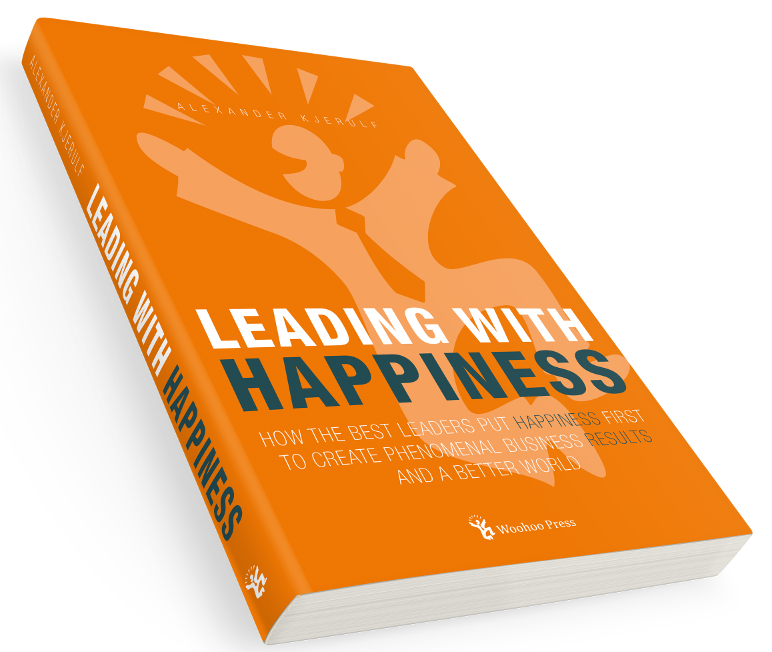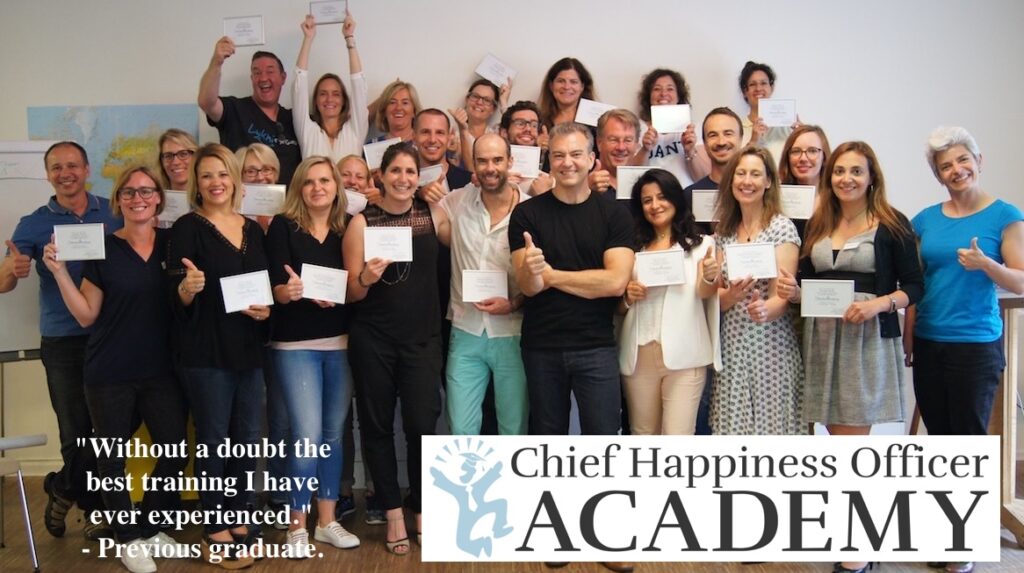I’m not really sure that it makes sense to review this book. I’ve read it and enjoyed it, but there is absolutely no way I can convey what it’s about or why you should read this book. It is wise, poetic, enigmatic and enlightening. It is also vague, frustrating, weird and confusing.
Tao means the way. Te means power. Ching means classic. The title Tao Te Ching is usually translated as The Classic Book About The Way And The Power Of The Way. But as the very first chapter says:
The way you can go
isn’t the real way
The Name you can name
isn’t the real name
In our western culture ideas should be communicated clearly and efficiently. And here’s a book that teems with paradox and poetry. A book where the central theme is not-doing; a concept that is certainly not practiced often in our up-and-at-them culture.
Little is known about the Tao Te Ching, except that it’s around 2500 years old, chinese and was probably written by Lao Tzu who may have been a contemporary of Confucius. The translation I’ve read is by Ursula K Le Guin, who knows no chinese, but who has brought her life-long appreciation of the work and her background as a succesful author into the translation. She acknowledges, that her version is anything but a literal translation. Since the original work is poetic, a literal translation may capture the words but not the power of the original work. A poetic translation such as the one she’s attempted, will not match word-for-word but may come closer to the spirit of the original. I think she has done a fine job, and whenever I’ve been able to compare her version to others, hers is more to my taste.
Tao Te Ching has been translated lots of times, and many of the translations are available on the net.








